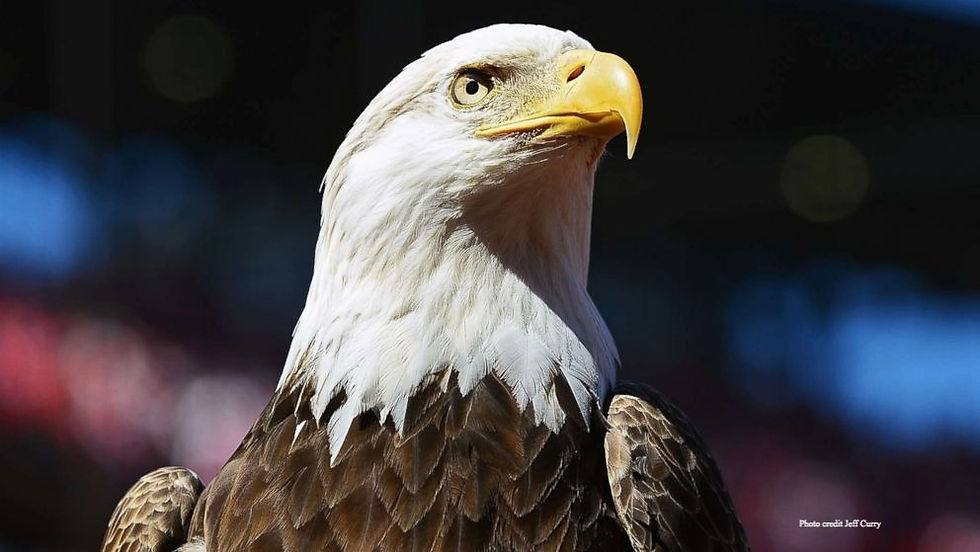CRITTER SPOTLIGHT: Snowy owl: Bubo scandiacus
- cynthiamorissette
- Dec 6, 2020
- 2 min read
Good Morning Watershed Explorers,
Today's critter spotlight is about an apex predator. An apex predator is one that sits at the top of its food web. Apex predators are also tertiary consumers meaning that they eat primary and secondary consumers. They are usually carnivorous, but some may also be omnivorous. The snowy owl, Bubo scandiacus is a carnivore. Snowy owls feed mainly on lemmings and mice. Their wingspan can stretch almost the width of a car at 5 feet. Check out this Audubon photo showcasing their amazing wingspan.

The snowy owl above is a juvenile female. Most females have dark markings on their chest, wings, and head, whereas males are more white. The photos below were taken at the Roger Williams Park Zoo in Providence, RI. It is a little tough to see but the male is on the left and the female is on the right. A neat fact is that males get whiter as they get older!


Snowy owls live mainly in the arctic but will sometimes make their way into the northern United States including most of New England. Most owls are nocturnal but the snowy owl tends to be crepuscular (active at dawn and dusk) and even diurnal during the summer months.
Snowy owl pairs usually mate for life. Their lifespan is about 10 years. Snowy owl females can lay 3-11 eggs at a time. Since snowy owls feed primarily on lemmings and the populations of lemmings can be scarce at times, snowy owls have adapted so that they do not lay eggs during times of scarce food supply. Unlike many other species of owl which nest in trees, snowy owls nest on the ground. Their status as an apex predator and camouflage make this behavior possible.
Snowy owls, being apex predators are important to watershed areas. These owls can eat up to 1600 rodents each year. This helps to keep these populations under control. Owls are incredible hunters. Their eyes cannot move like ours do, so instead they are able to turn their heads 270 degrees. They also have silent flight due to the way that their feathers are on the tips of their wings. Check out this Audubon article to learn more https://www.audubon.org/news/the-silent-flight-owls-explained
EXPLORER CHALLENGE: A neat but also kind of gross fact about most owls is that they regurgitate what is known as an owl pellet. Since owls swallow their prey whole like some other raptors but lack the pH in their stomach to digest items such as bones and fur, they have to spit out what they can't digest. These pellets can be found on the ground in areas where owls live. The Explorer challenge is to get out for a hike and see if you can spot any owl pellets. If you do, take a picture and send it to me at cmorissette@narrabay.com
Here is a picture of an owl pellet that my family found on one of our hikes two weeks ago. We find them quite often at the same spot but have yet to encounter the owl. We are hoping to take a walk near dusk soon to see if we get lucky and catch a glimpse!

Happy Exploring Watershed Explorer Scientists!
Much love,
Mrs. Morissette






Comments